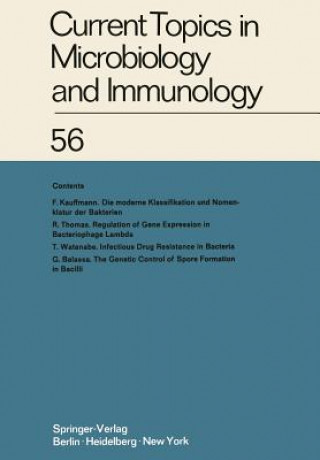
Code: 06621131
Current Topics in Microbiology and Immunology / Ergebnisse der Mikrobiologie und Immunitatsforschung
by R. Rott
The expression of many bacterial genes adapts itself in an almost in stantaneous and reversible way to specific environmental changes. More specifically, the concentration of a number of metabolites, a function of the amounts of e ... more
- Language:
 English
English - Binding: Paperback
- Number of pages: 226
Publisher: Springer-Verlag Berlin and Heidelberg GmbH & Co. KG, 2011
- More about this

120.90 €

Low in stock at our supplier
Shipping in 13 - 16 days
Potřebujete více kusů?Máte-li zájem o více kusů, prověřte, prosím, nejprve dostupnost titulu na naši zákaznické podpoře.
Add to wishlist
You might also like
-

Idealism (Routledge Revivals)
80.49 € -

Mansion
19.54 € -

Future of Post-Human Phonology
379.84 € -17 % -
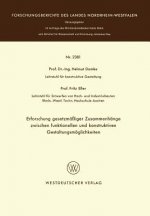
Erforschung Gesetzm iger Zusammenh nge Zwischen Funktionellen Und Konstruktiven Gestaltungsm glichkeiten
93.79 € -

Sky High Starter Student's Book
20.24 € -

Nuclear Energy Concerns in India
46.54 € -9 %
Give this book as a present today
- Order book and choose Gift Order.
- We will send you book gift voucher at once. You can give it out to anyone.
- Book will be send to donee, nothing more to care about.
More about Current Topics in Microbiology and Immunology / Ergebnisse der Mikrobiologie und Immunitatsforschung
You get 304 loyalty points
 Book synopsis
Book synopsis
The expression of many bacterial genes adapts itself in an almost in stantaneous and reversible way to specific environmental changes. More specifically, the concentration of a number of metabolites, a function of the amounts of enzymes involved in their synthesis or degradation, in turn retroacts on the rate of synthesis of these enzymes. The genetic bases for this regulation were established by JACOB and MONOD (1961). These authors also showed how the known elements of these regulatory mechanisms could be connected into a wide variety of circuits endowed with any desired degree of stability, in order to account for essentially irreversible processes like differentiation (MONOD and JACOB, 1961). The general principles used by JACOB and MONOD in their study of negative regulation were extended to positive regulation by ENGLESBERG et al. (1965). An independent approach permitted the discovery of positive controls in temperate bacteriophages (see below, III). Each control operation is mediated by a pair of complementary genetic elements (hereafter called "control cell"): a control gene which produces a l control (or regulator) protein and a control site which is the target for the regulator protein. Negative control means that the control protein (repressor) prevents gene expression. One deals with positive control when the control protein (activator) is necessary for this expression. It has become apparent that, as initially postulated by JACOB and MONOD, control of gene expression operates, at least to a large extent, at the transcriptional level.
 Book details
Book details
Book category Books in English Medicine Medicine: general issues Medical equipment & techniques
120.90 €
- Full title: Current Topics in Microbiology and Immunology / Ergebnisse der Mikrobiologie und Immunitatsforschung
- Author: R. Rott
- Language:
 English
English - Binding: Paperback
- Number of pages: 226
- EAN: 9783642652431
- ISBN: 9783642652431
- ID: 06621131
- Publisher: Springer-Verlag Berlin and Heidelberg GmbH & Co. KG
- Weight: 415 g
- Dimensions: 244 × 170 × 13 mm
- Date of publishing: 15. November 2011
Trending among others
-
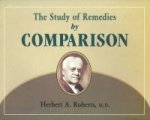
Study of Remedies by Comparison
5.33 € -17 % -

Dmt : the Spririt Molecule
14.60 € -18 % -
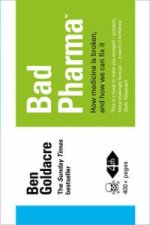
Bad Pharma
12.89 € -22 % -

Implantable Cardioverter - Defibrillators Step by Step - An Illustrated Guide
79.39 € -7 % -

How-to Manual for Pacemaker and ICD Devices - Procedures and Programming
110.02 € -

Oxford Handbook of Clinical Examination and Practical Skills
47.55 € -

Deep Medicine
26.39 € -16 % -

Tendon Regeneration
159.79 € -4 % -

Hydrogen Molecular Biology and Medicine
196.77 € -

Medical Laboratory Science Review
105.18 € -

Career Options in the Pharmaceutical and Biomedical Industry
56.21 € -10 % -

Immortal Life of Henrietta Lacks
12.28 € -6 % -

Plague
16.72 € -20 % -

Oxford Handbook of Clinical and Laboratory Investigation
50.47 € -

EHRA Book of Pacemaker, ICD, and CRT Troubleshooting
122.71 € -

Anatomic Localization for Needle EMG
71.33 € -

Rigor Mortis
14.70 € -22 % -

EHRA Book of Interventional Electrophysiology
123.72 € -

Fundamentals of Biostatistics
218.73 € -

Maria Treben's Cures
20.04 € -9 % -

Basic & Applied Concepts of Blood Banking and Transfusion Practices
94.20 € -5 % -

Politics of Evolution
65.38 € -

Science of Cooking
72.13 € -
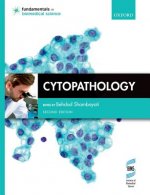
Cytopathology
73.24 € -

Manual of 3D Echocardiography
106.29 € -4 % -

Factories of Death
50.67 € -4 % -

Connecting Brain Research With Effective Teaching
59.44 € -

Making a Spinet by Traditional Methods
15.61 € -

Proteomics in Functional Genomics
239.09 € -

Histopathology
65.08 € -4 % -

Designing EEG Experiments for Studying the Brain
96.92 € -

Research in Medicine
54.30 € -

Practical Hemostasis and Thrombosis 3e
137.52 € -

Bergey's Manual of Systematic Bacteriology
489.47 € -

Research Methods in Human Skeletal Biology
93.09 € -

Comparative Physiology, Natural Animal Models And Clinical Medicine: Insights Into Clinical Medicine From Animal Adaptations
117.57 € -
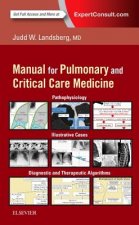
Clinical Practice Manual for Pulmonary and Critical Care Medicine
97.22 € -

Pocket Evidence Based Medicine
53.49 € -4 % -

Bergey's Manual of Systematic Bacteriology
389.11 € -

Urodynamics
146.89 € -

Applied Longitudinal Data Analysis
186.09 € -

Rehabilitation with rTMS
120.90 € -
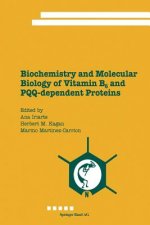
Biochemistry and Molecular Biology of Vitamin B6 and PQQ-dependent Proteins
184.88 € -

Aesthetic Laser Therapy
280.80 € -4 % -
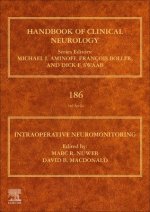
Intraoperative Neuromonitoring
299.74 € -

Clinical Chemistry
120.90 € -

Research Methods in Biomechanics
116.36 € -10 % -
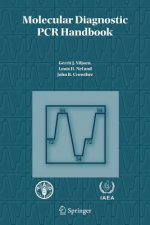
Molecular Diagnostic PCR Handbook
250.97 € -

Introduction to Tissue-Biomaterial Interactions
213.69 €
Collection points Bratislava a 2642 dalších
Copyright ©2008-24 najlacnejsie-knihy.sk All rights reservedPrivacyCookies


 15549 collection points
15549 collection points Delivery 2.99 €
Delivery 2.99 € 02/210 210 99 (8-15.30h)
02/210 210 99 (8-15.30h)